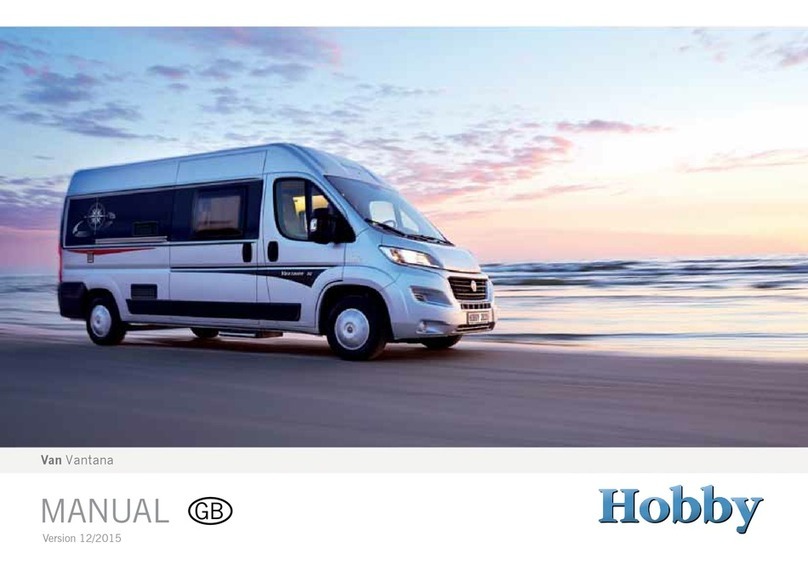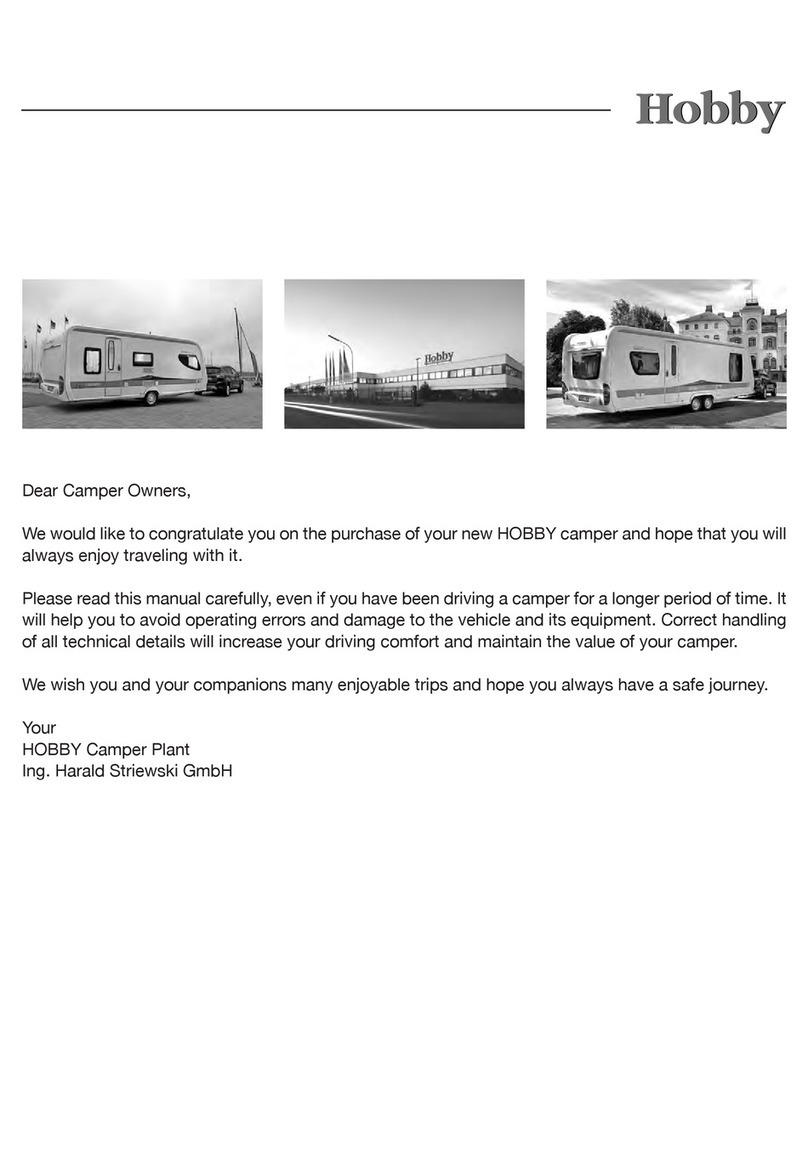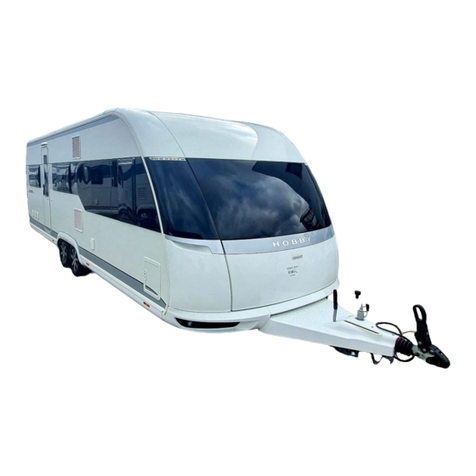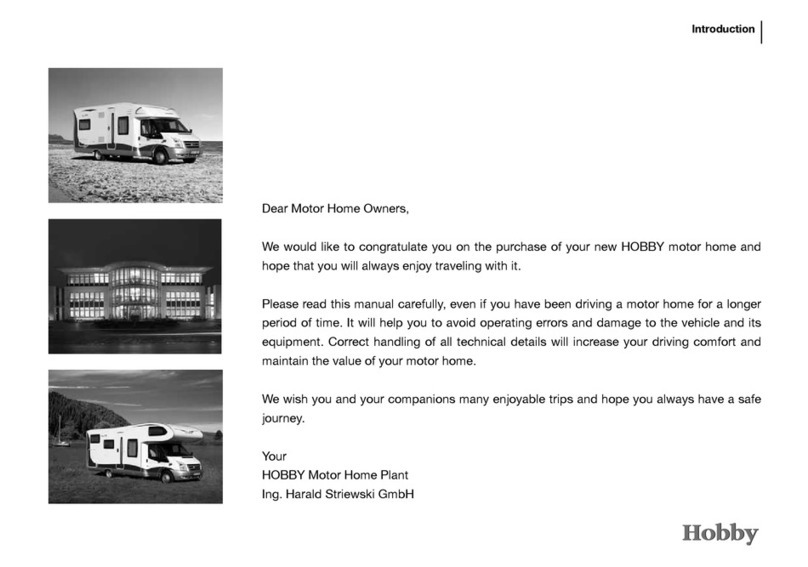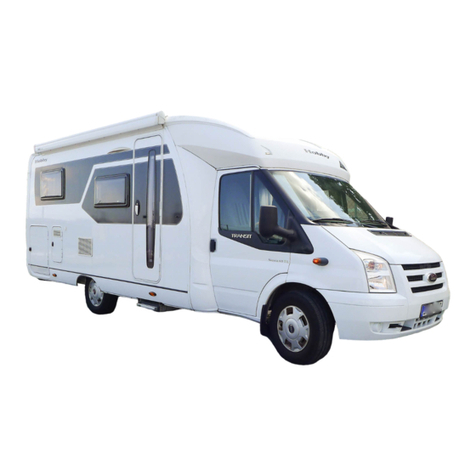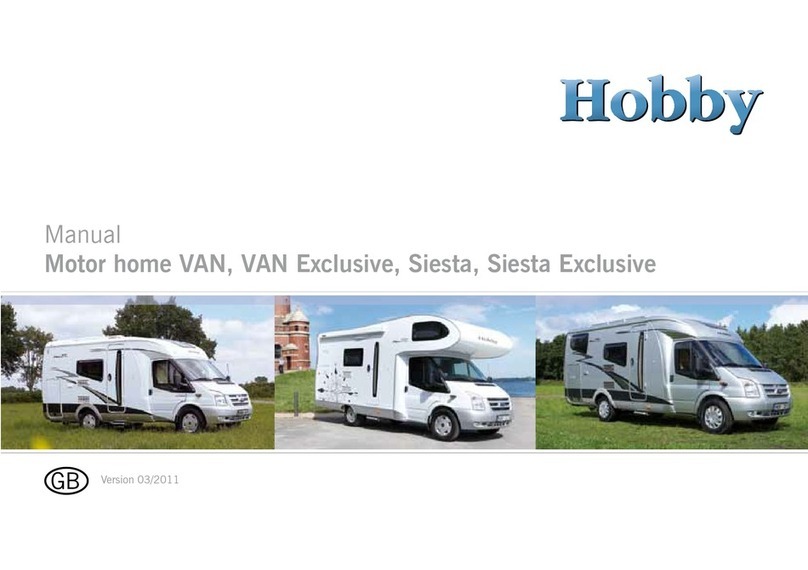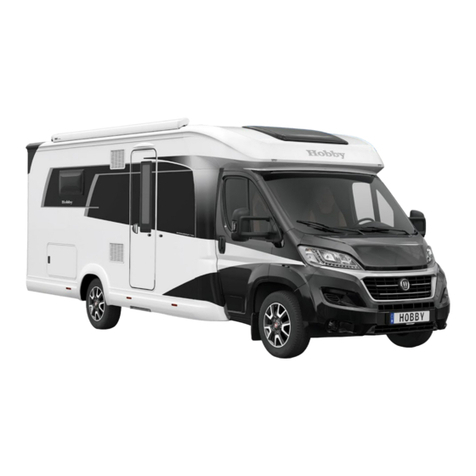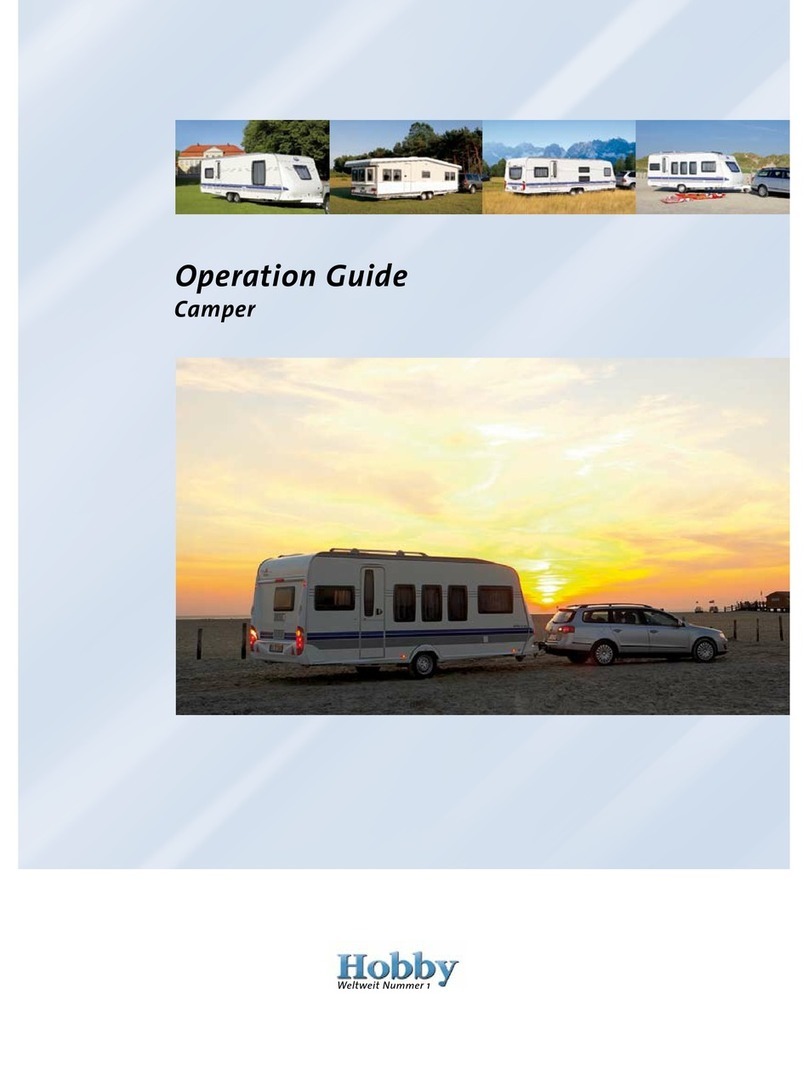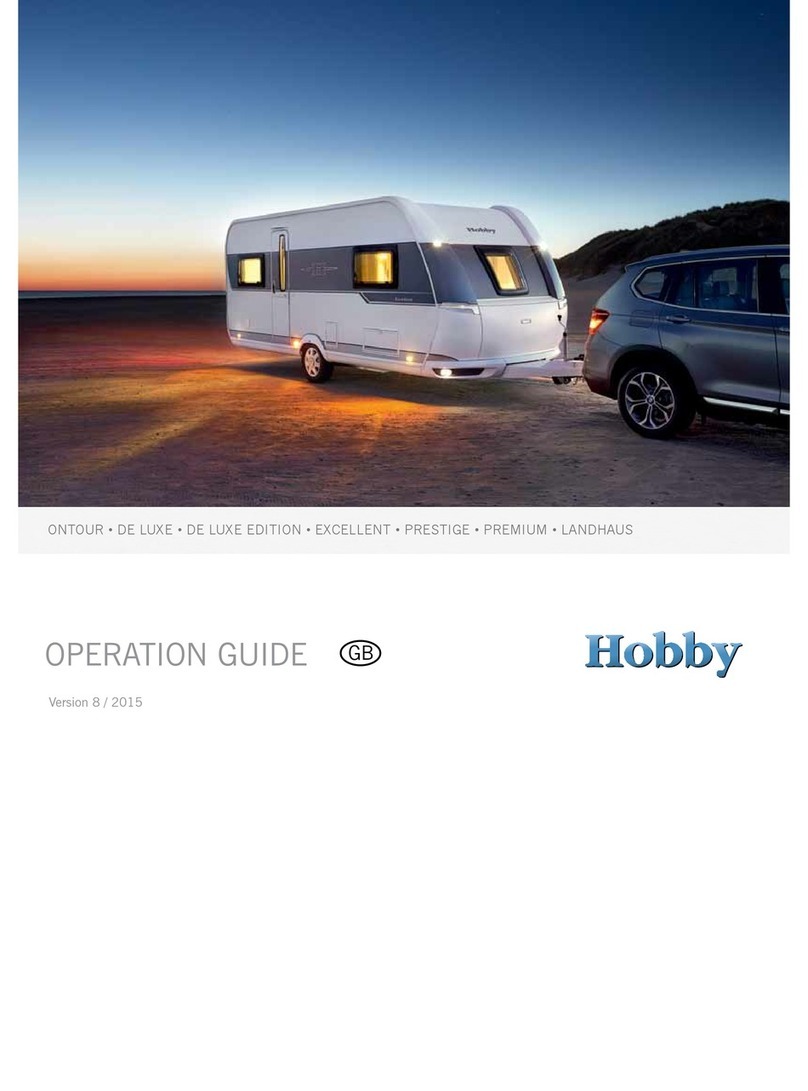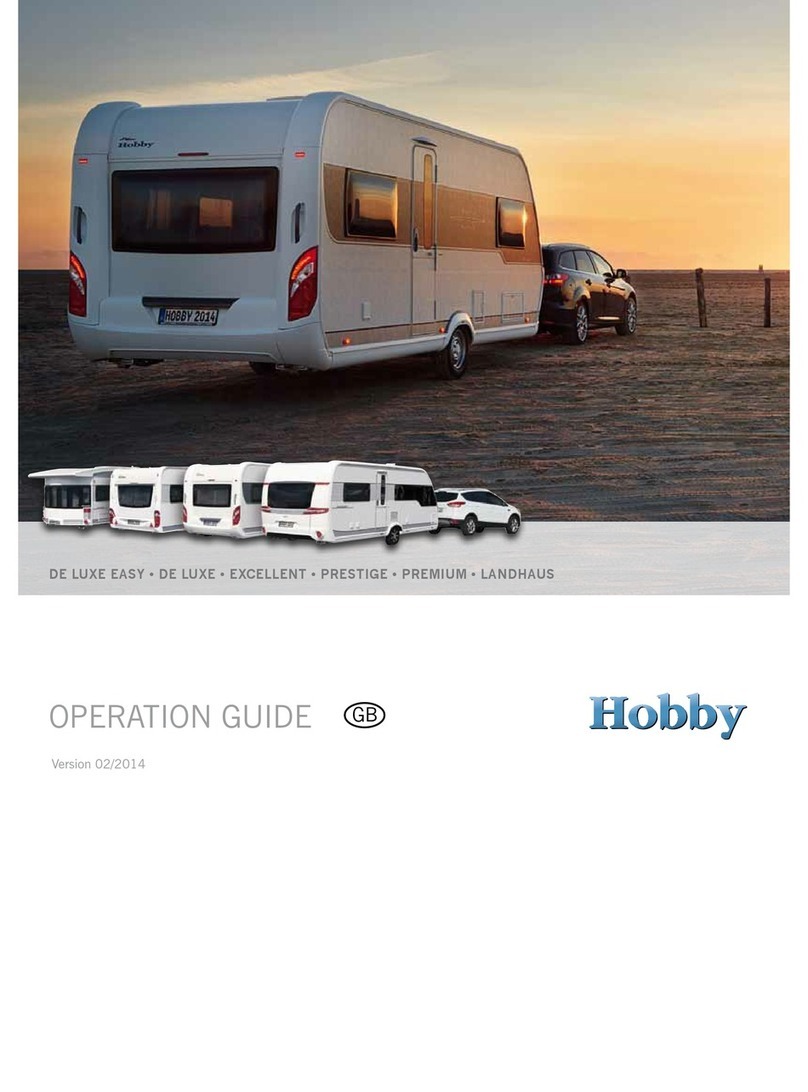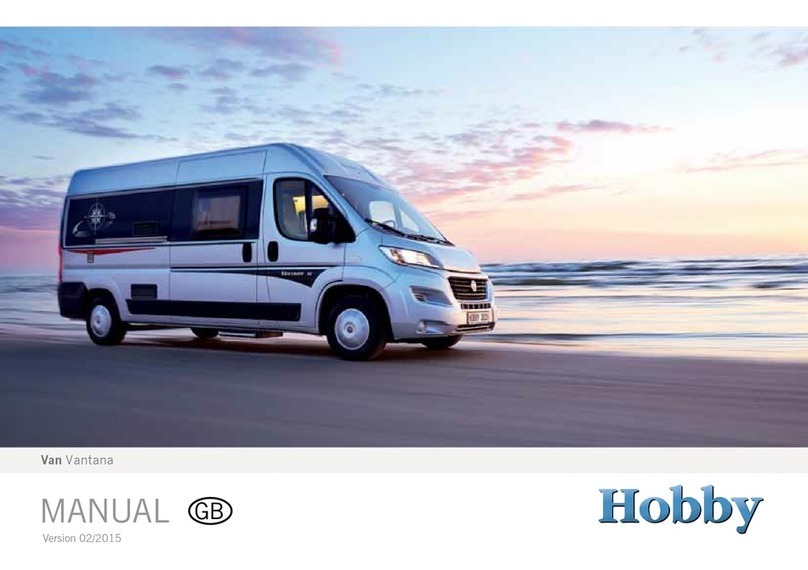
Table of Contents
1 Introducon
1.1 General informaon .............................................................................................................................................. 1
1.2 Key to using in These Operang Instrucons ................................................................................................. 2
2 Safety
2.1 Intended use ........................................................................................................................................................... 4
2.2 General informaon .............................................................................................................................................. 4
2.3 Fire protecon ........................................................................................................................................................ 4
2.4 Emergency equipment ........................................................................................................................................... 5
2.5 Before the journey ................................................................................................................................................. 6
2.5.1 What to observe before your first journey ...................................................................................................... 6
2.5.2 Before each journey .............................................................................................................................................. 7
2.6 While driving ........................................................................................................................................................... 9
2.7 Aer each journey ...............................................................................................................................................10
3 Chassis
3.1 General informaon ............................................................................................................................................12
3.2 Vehicle ID number (VIN) ...................................................................................................................................12
3.3 Loading ...................................................................................................................................................................13
3.3.1 General informaon ............................................................................................................................................13
3.3.2 Tow hitch load ......................................................................................................................................................14
3.3.3 Meaning of weights for the Caravan ...............................................................................................................14
3.4 Stabiliser hitch ......................................................................................................................................................16
3.5 Jockey wheel .........................................................................................................................................................19
3.6 Handbrake operaon ..........................................................................................................................................19
3.7 Overrunning equipment and wheel brakes....................................................................................................20
3.8 Electronic Trailer Stabilisaon (ETS plus) ........................................................................................................21
4 Wheels and tyres
4.1 Wheels ...................................................................................................................................................................23
4.2 Tyres........................................................................................................................................................................23
4.3 Tyre pressure ........................................................................................................................................................24
4.4 Profile depth and age of tyres ..........................................................................................................................24
4.5 Rims ........................................................................................................................................................................25
4.6 Changing a wheel tyre ........................................................................................................................................26
4.7 Tyre repair kit ........................................................................................................................................................28
5 Exterior structure
5.1 Forced and fixed venlaon ..............................................................................................................................30
5.2 Opening and closing doors ................................................................................................................................30
5.3 Corner Steadies ....................................................................................................................................................34
5.4 Roof .........................................................................................................................................................................34
5.5 Awning rail ............................................................................................................................................................34
5.6 Bicycle carrier .......................................................................................................................................................35
6 Interior structure
6.1 Opening and closing doors and drawers ........................................................................................................36
6.2 Folding table .........................................................................................................................................................37
6.3 Seang and sleeping areas ................................................................................................................................37
6.4 Rearranging the cushions ...................................................................................................................................38
6.5 Windows ................................................................................................................................................................39
6.6 Roof lights ..............................................................................................................................................................40
7 Installaon of electrical devices
7.1 Safety ps ..............................................................................................................................................................41
7.2 Operaon of the installed electrical systems ................................................................................................41
7.3 Electrical supply ...................................................................................................................................................42
7.4 Electrical system ..................................................................................................................................................46
7.5 Diagram of the electrical distribuon board ..................................................................................................47

